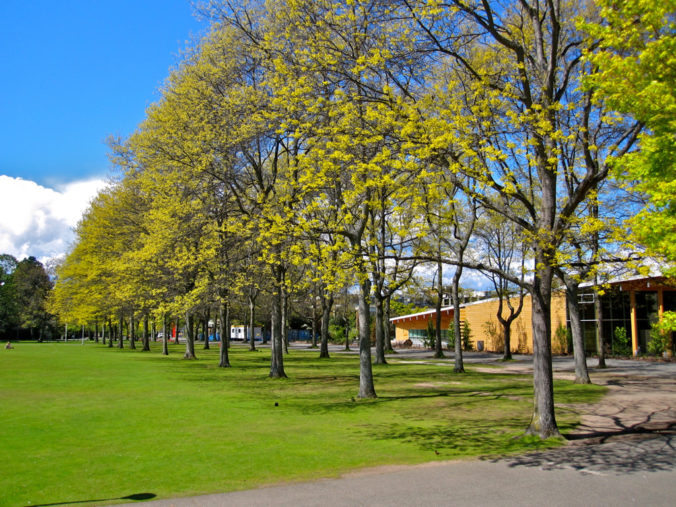Building Personal Learning Networks for Growth
The role of my Personal Learning Network (PLN) in my learning and development journey holds importance. I actively engage on media platforms such as LinkedIn and Twitter to exchange resources, seek advice, and collaborate with learners. Among these platforms, I find Twitter, LinkedIn and professional forums to be both stimulating and educational.

On Twitter, I can follow industry experts and relevant organizations in my field. Keeping up with real-time posts and trending hashtags helps me stay updated on industry trends and research advancements. Participating in discussions on Twitter allows me to connect with professionals globally and expand my perspectives. In contrast, LinkedIn serves as a networking platform that enables me to build connections with colleagues and industry peers. By joining groups aligned with my interests and following companies on LinkedIn I broaden my network. Furthermore, the courses available on LinkedIn Learning support my learning efforts.
Engagement within the Community:
Active participation within the PLN community is crucial for growth. Here’s how I engage:
Joining Conversations: Sharing insights on posts, asking questions, and initiating discussions.
Providing Support and Feedback: Offering assistance and constructive feedback to peers is a part of my community involvement.As a believer in helping others by answering questions, providing recommendations, and recognizing contributions from learners. Sharing content holds significance, for me; I always aim to distribute articles, research findings and valuable resources that I believe can be beneficial to others. This does not assist those who come across it. Also boosts my online presence and credibility.
When it comes to establishing a learning network (PLN), I follow the steps. Here’s how I go about it;
- Connecting with Individuals: To begin, I identify individuals and communities that share career interests and goals. This involves exploring profiles joining groups and engaging in activities such as events and webinars.
- Engaging with Others: I initiate contact by sending messages that highlight our shared interests and convey my eagerness to connect. Interacting with their content through comments and shares helps build relationships.
- Collaborating on Projects: Involvement in projects and discussions strengthens these connections further. My approach includes offering my expertise while also being open to seeking assistance when necessary. This mutual support nurtures a PLN.
- Expanding my learning network (PLN) is a focus for me; my objective is to include contacts from regions of the world and experts from various fields.
My strategy involves connecting with professionals from backgrounds and locations through platforms, like ResearchGate well as participating in global conferences and online seminars.
To overcome obstacles such as language and cultural variations, I plan to utilize tools like Google Translate and deepen my knowledge to bridge any gaps.
My aim is to connect with experts in the industry to gain insights from their experiences value their contributions and actively participate in their projects. Taking part in workshops and earning certifications will also open up networking opportunities with these professionals.
Building a Professional Learning Network (PLN) is crucial for growth and ongoing education. By engaging on social media platforms, interacting with the community, nurturing relationships, and expanding networks, individuals can remain at the forefront of their field while promoting development!
Link of viedo relate the PLN: https://www.youtube.com/watch?v=784H1mULdi4








Recent Comments